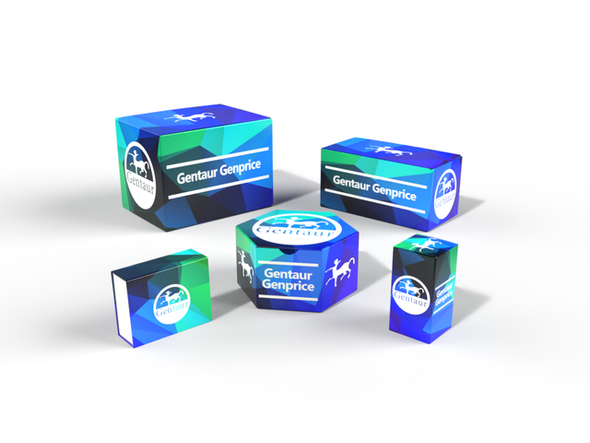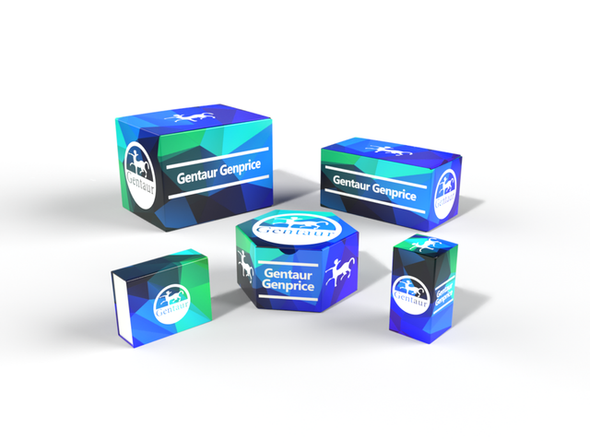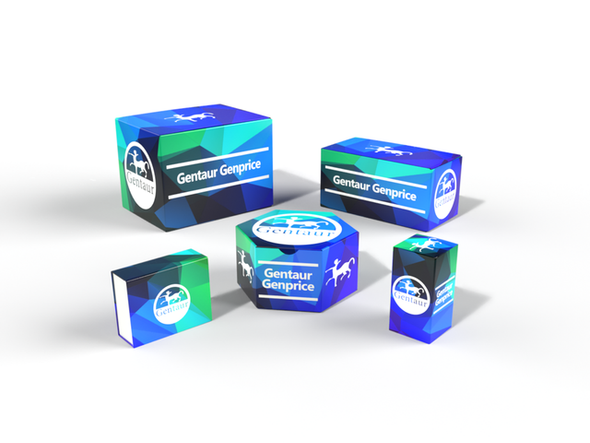749
LinKine™ AP Labeling Kit | KTL0110
- SKU:
- 749-KTL0110
- Availability:
- Usually ships in 5 working days
Description
LinKine™ AP Labeling Kit | KTL0110 | Gentaur UK, US & Europe Distribution
Application: Protein Labeling
Product Type: Labeling Kits
Formulation: N/A
Kit Component: • AP solution
• AP labeling solution
• AP quencher powder
• cross-linking agent
Features & Benifits: • AP– Ready for Labeling to antibodies and other proteins at sites of Free amines.
• Different samples have different optimal molar ratios. For antibodies, the molar ratio of the sample to be labeled to AP should not exceed 1:2. For other samples, you can try different ratios.
• Customizable – vary the molar ratios, reaction buffer and pH, and other parameters to acheive conjugates with different levels of AP incorporation and activity.
Usage Note: • Please note that components that containing amino are not allowed in the buffer, which will affect the coupling effects.
• If you need to dilute the conjugate, avoid using buffers such as phosphate-rich PBS, and use TBS and other non-phosphate buffers.
• For long-term storage, please separate and store at -20°C in the dark. Avoid repeated freezing and thawing. Add the same volume of glycerin.
Storage Buffer: N/A
Storage Instruction: Store kit components at 4˚C for 6 months.
Shipping Condition: Gel pack with blue ice.
Precaution: The product listed herein is for research use only and is not intended for use in human or clinical diagnosis. Suggested applications of our products are not recommendations to use our products in violation of any patent or as a license. We cannot be responsible for patent infringements or other violations that may occur with the use of this product.
Backgound: Alkaline phosphatase (ALP or AKP) is an enzyme that can dephosphorylate the corresponding substrate by hydrolyzing the phosphate monoester to remove the phosphate group on the substrate molecule and generate phosphate ions and free hydroxyl groups. Such substrates include nucleic acids, proteins, alkaloids and the like. The process of removing the phosphoric acid group is called dephosphorylation or dephosphorylation. Alkaline phosphatase is a kind of phosphatase, but it is not a single enzyme, but a group of isoenzymes. Alkaline phosphatase can be combined with the molecule to be labeled. When incubated with an appropriate substrate, it will generate labeled molecule conjugates with colored, fluorescent or luminescent derivatives, which can be detected and quantitatively analyzed. AP is usually used in conjugates to determine the presence of molecular targets, and is often used in experiments such as ELISA, Western blotting, and immunohistochemistry. Since higher concentrations of inorganic phosphorus can competitively inhibit the activity of alkaline phosphatase, systems such as phosphate-rich PBS should not be used in the immune experiment, otherwise it will cause a high background, and TBS and other non-phosphate-free systems can be used.
Alternative Name: ALP/AKP
Search Name: ALP/AKP;AP
ooklet: KTL0110-B.pdf
Tag: AP










